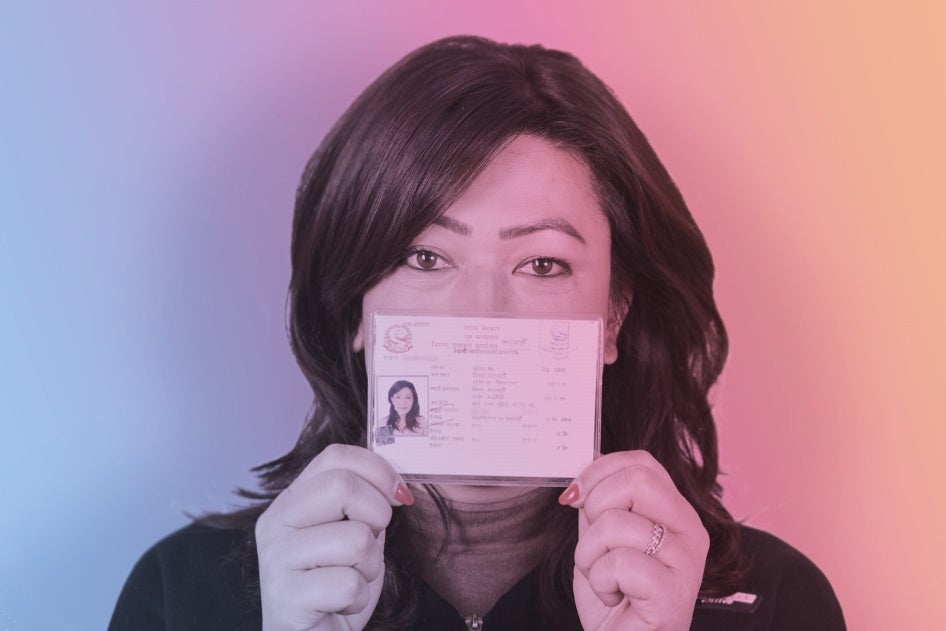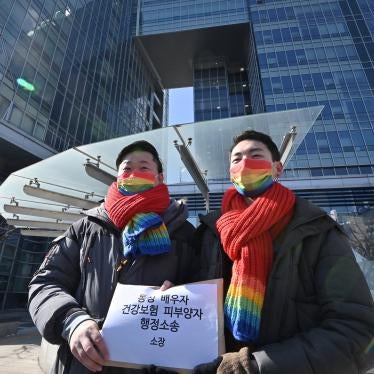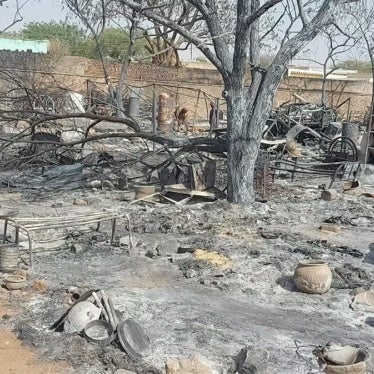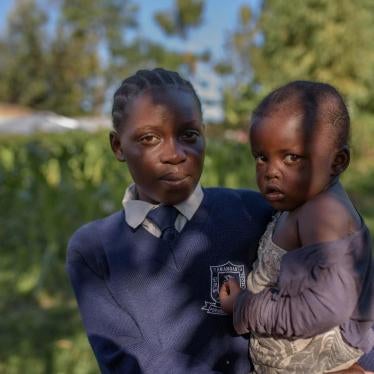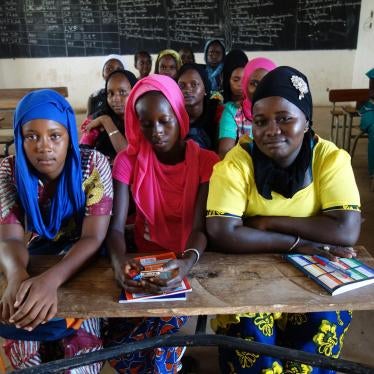Earlier this year, Germany became the world’s latest country to pass a clear law that allows transgender people to change their legal gender to reflect their identity based on self-declaration. A number of other countries are staggering toward this goal; in some, policies allow self-identification for some documents and not others. But the majority of the world’s governments still either disallow changes in legal gender recognition altogether, or have laws that require trans people to undergo medical intervention to access their rights.
Such policy environments fails to benefit transgender people or government. Instead, it reflects a default to medical authority, perpetuating outdated and discriminatory practices.
Policymakers should recognize and address the harmful consequences of medicalized gender transition procedures. While medical intervention is essential for some individuals, it should not serve as a prerequisite for legal gender change. Laws and procedures should clearly separate legal recognition from medical requirements, ensuring that people can assert their gender identity without undue barriers or intrusions into their privacy and dignity.
Most laws that currently require medical intervention and verifications are decades old. But there is also contemporary creep. The current debates raging—in particular in the UK and the US—over trans youth health care, demonstrate how fearmongering over the evidence-based interventions trans people want, can perversely reinvigorate harmful pathologizing ideas. In other contexts where legal progress initially seemed promising, the lack of genuine de-pathologization through legal protections has allowed harmful medical norms to creep in and cause problems.
One such setting is Nepal, where following a 2007 Supreme Court order, authorities have been issuing some documents listing gender as “other” or “third gender” for over a decade, on the basis of the person’s self-declaration. However, despite the court order, the lack of a clear central policy, and confusion and ambiguity around the implementation of the court’s standard of “self-feeling,” creates problems. Trans people in Nepal today who want to change their gender markers to “female” or “male” are typically forced to undergo surgery, which requires traveling outside the country, and then in-country medical assessments, including invasive examinations of post-operative genitals.
The reliance on regressive medical norms adds unnecessary burdens and risks during crises. In Ukraine, legal gender recognition requires people who wish to change their legal gender to obtain, among other criteria, a diagnosis of “transsexualism,” even though the term was removed from international diagnostic manuals years ago. To get the diagnosis, transgender people must undergo a two-year outpatient psychiatric evaluation. However in 2022, Russia’s full-scale invasion led to martial law, under which all men of military age — between 18 and 64 — are barred from leaving the country.
This posed a range of challenges, though particularly for trans women who were either in the middle of the lengthy medicalized process, or who had opted to not undergo the assessments, and nonetheless live their lives as women. They found themselves still legally male, and stuck in a war zone. Activist groups – particularly those run by lesbians, who could cross in and out of Ukraine from neighboring countries freely – became critical sources of support for trans women in Ukraine. They helped them get assessed based on the medical requirements, obtain a diagnosis, and then undergo an often-humiliating confirmation at a Military Medical Commission, which would allow them to cross the border to safety. In both Nepal and Ukraine, incomplete legal reforms left behind a murky medicalization of legal gender recognition. A trans woman in Kathmandu told me, “The government, when confused and under pressure, just defaults to medicalization because it’s perceived as neutral and prestigious. And if a doctor says I’m a woman, then the state can just shrug.”
A Ukrainian activist working in Slovakia to help trans people exit during the war told me that in Ukraine, “The Military Medical Commission is open 8 a.m.-8 p.m., there is at any time 1,000 or more people there waiting…and then the room where you get checked is very intimidating – miliary men doubting you and questioning you.”
Medical intervention for trans people, like all others, should be undertaken based on individual informed consent. None of the medical interventions associated with transitioning should be prerequisites for legal gender change, and laws play an important role in making this separation clear. Without that clarity, medical requirements are unfairly used as validation tools. As the cases of Nepal and Ukraine show, de-pathologizing legal processes for trans people is a critical, lifesaving step, and requires sturdy and comprehensive legal protections to prevent medicalized harm from creeping back in.

